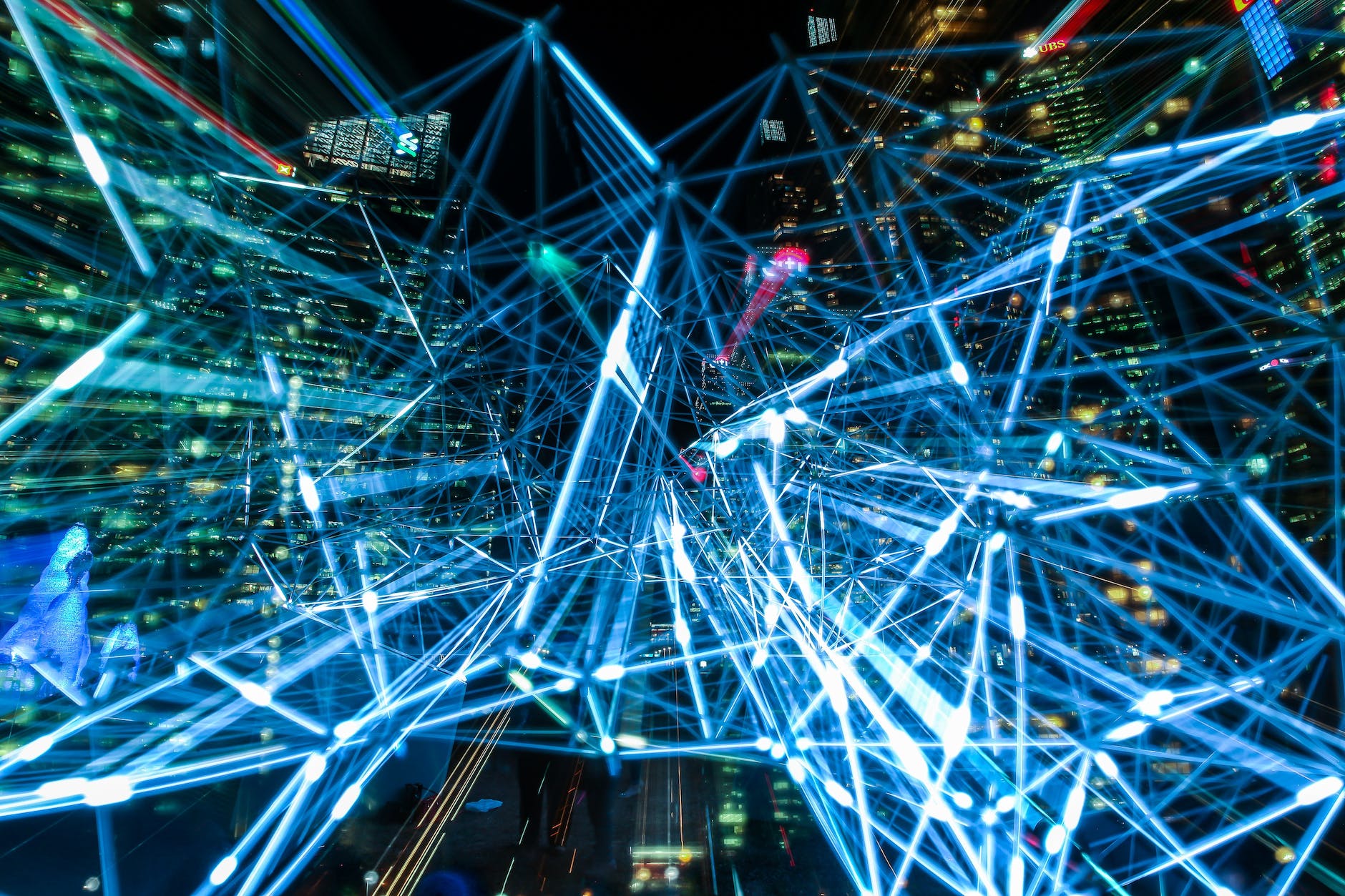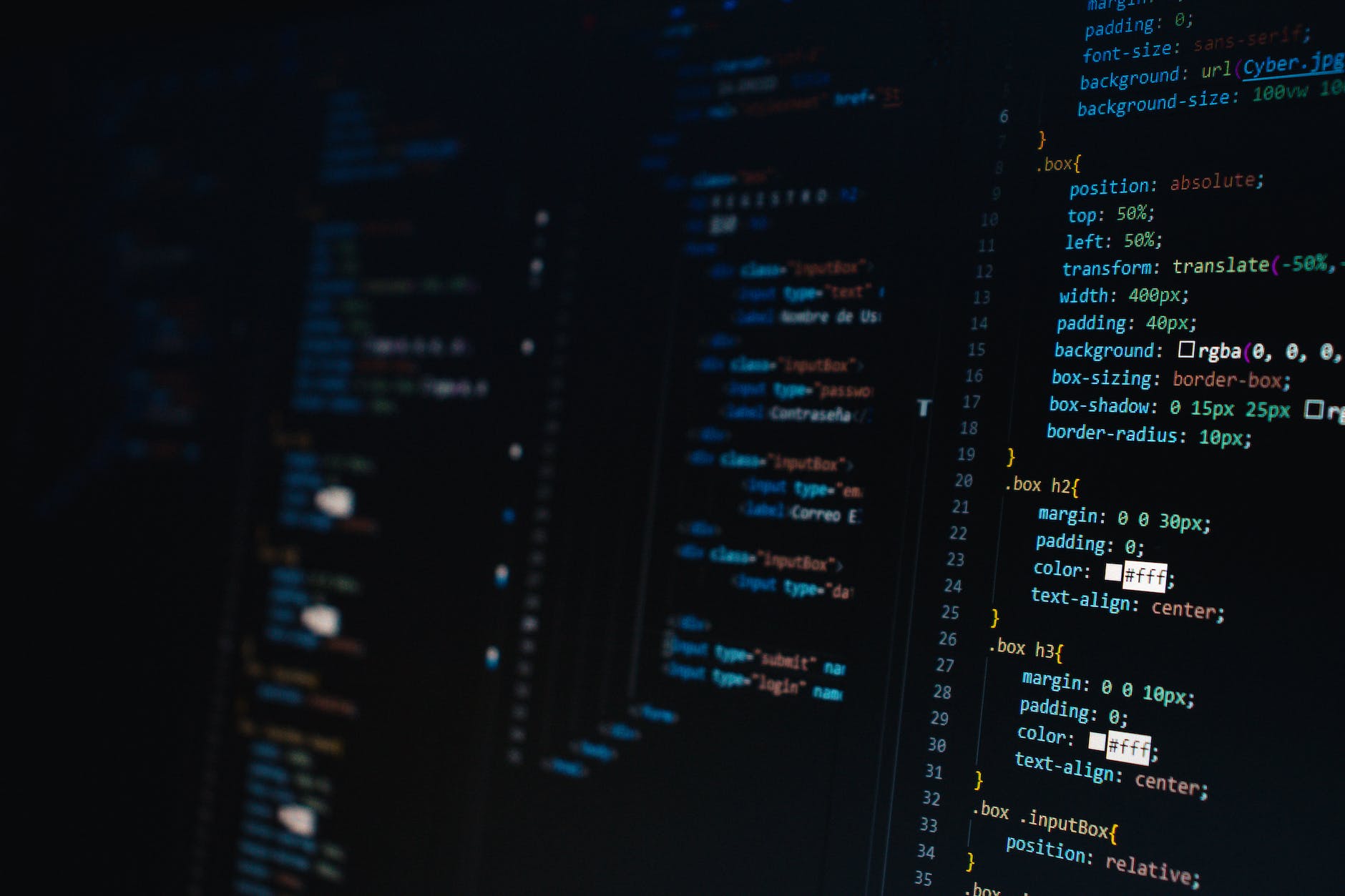Artificial intelligence (AI) has the potential to revolutionize global peace and security efforts within the international community. Furthermore, AI can play a crucial role in addressing one of the most pressing challenges of our time: climate change. By leveraging AI technologies, the international community can enhance its multilateral collaboration to combat the adverse effects of climate change. By integrating artificial intelligence technologies, decision-making processes in international security and conflict resolution can be enhanced, leading to more effective peacekeeping strategies for military applications. This has the potential to positively impact the international community. The international community can utilize artificial intelligence (AI) applications, such as natural language processing, to analyze complex data sets, identify patterns, and predict potential threats in the military. This enables proactive measures to be taken by the secretary and parliamentarians of the council, in collaboration with the IPU, for maintaining international security.
AI’s natural language processing capabilities enable it to process vast amounts of information in real-time, benefiting international security and the international community. With quicker responses and more accurate assessments, AI contributes to maintaining international peace by providing timely insights into evolving situations. The International Parliamentary Union (IPU) can assist the international community in monitoring conflicts, identifying early warning signs, and facilitating timely interventions for international security. AI-powered systems can aid the international community in detecting disinformation campaigns that undermine stability and promote division, according to the International Parliamentary Union (IPU).
As we navigate an increasingly complex global landscape, harnessing the power of AI is crucial for promoting peace and security worldwide. This is especially important for the international community and organizations like the IPU. By leveraging AI technologies, the international community can work towards a safer future with the help of IPU.
Opportunities and Risks of AI in Peace and Security
Improved Surveillance Capabilities for Early Warning Systems
AI presents numerous opportunities for enhancing global peace and security through the use of IPU technology. One significant advantage of AI-powered systems is the improved surveillance capabilities they offer, especially with the use of IPU. These ipu systems can analyze vast amounts of data from various sources, such as satellite imagery, social media feeds, and sensor networks, to detect potential threats or early signs of conflict. By leveraging AI algorithms, these surveillance systems can identify patterns, anomalies, and correlations that may not be easily detectable by human operators alone. With the use of IPU technology, these surveillance systems can efficiently process and analyze vast amounts of data in real-time.
-
The use of AI in surveillance, specifically in the context of IPU, enables early warning systems to provide timely alerts about potential security risks.
-
AI algorithms can process large volumes of data quickly and accurately to identify suspicious activities or behavior.
-
This technology allows authorities to respond promptly to emerging threats before they escalate into full-blown conflicts.
-
Improved surveillance capabilities through AI contribute to proactive peacekeeping efforts by enabling preventive actions.
Addressing Biases in Algorithms for Ethical Use of AI
While the opportunities presented by AI are promising, it is essential to address the associated risks for responsible implementation in peace and security contexts. One critical risk is the potential biases embedded within AI algorithms. These biases can lead to discriminatory practices or reinforce existing prejudices if left unaddressed.
-
Biases in algorithms could result from biased training data or flawed algorithm design.
-
The use of biased algorithms may lead to unfair targeting or profiling of certain individuals or groups.
-
It is crucial for developers and policymakers to prioritize ethical considerations when designing and deploying AI technologies for peace and security purposes.
-
Regular audits and transparency measures should be implemented to ensure fairness and accountability in the use of AI systems.
Balancing Benefits and Risks for Responsible Implementation
To harness the full potential of AI while mitigating its risks, a balanced approach is necessary. Striking a balance between maximizing the benefits offered by AI technologies while minimizing their potential negative impacts requires careful consideration and proactive measures.
-
Policymakers need to establish clear guidelines and regulations for the ethical use of AI in peace and security contexts.
-
Collaboration between technologists, policymakers, and experts is crucial to identify potential risks and develop appropriate safeguards.
-
Continuous monitoring and evaluation of AI systems are necessary to identify any unintended consequences or biases that may arise over time.
-
Public awareness campaigns can educate individuals about the benefits and risks of AI, fostering a responsible approach towards its implementation.
Responsible Innovation for AI in Peacebuilding
Responsible innovation is crucial for the development and deployment of AI in peacebuilding initiatives. It involves establishing guidelines to ensure the ethical use of AI technology, promoting global peace and security. Collaboration among various stakeholders is essential to achieve responsible innovation in this field.
Guidelines for Ethical Use
Developing guidelines for the ethical use of AI in peacebuilding initiatives is a vital step towards responsible innovation. These guidelines should address potential risks and challenges associated with the implementation of AI technology. They should also prioritize human rights, privacy, and data protection while considering the impact on vulnerable populations.
Collaboration Among Stakeholders
Collaboration between different stakeholders plays a pivotal role in ensuring responsible development and deployment of AI solutions. Governments, international organizations, civil society groups, and tech companies need to work together to establish effective governance mechanisms. This collaboration can help create policies that promote transparency, accountability, and inclusivity in the use of AI for global peace and security.
Transparency as a Key Principle
Transparency is a key principle that should guide the innovation process. It involves making information about AI systems accessible to relevant parties such as policymakers, affected communities, and human rights organizations. Transparent practices enable better understanding of how decisions are made by AI systems, ensuring accountability and trustworthiness.
Accountability for Responsible Innovation
Accountability is another critical principle that must be upheld during the development and deployment of AI solutions for peacebuilding purposes. Stakeholders involved in utilizing AI technology should be accountable for their actions and decisions. This includes being responsible for any unintended consequences or biases that may arise from using these systems.
To ensure accountability, mechanisms such as independent audits or third-party oversight can be implemented to assess the impact of AI systems on global peace and security efforts.
The Role of International Organizations
International organizations like the Inter-Parliamentary Union (IPU) have a significant role to play in promoting responsible innovation for AI in peacebuilding. These organizations can facilitate dialogue and collaboration among different countries, encouraging the sharing of best practices and the establishment of global standards.
By leveraging their expertise and convening power, international organizations can contribute to the development of governance frameworks that address ethical concerns and promote responsible use of AI technology in peacebuilding initiatives.
Promoting Sustainable Peace with AI Applications
Predictive analytics, a powerful tool in the realm of artificial intelligence (AI), can play a crucial role in promoting global peace and security. By analyzing vast amounts of data, AI can identify patterns that may lead to conflicts, allowing for proactive interventions. This capability enables early detection and prevention of potential threats, fostering sustainable peacebuilding efforts.
Machine learning algorithms, when applied to large datasets, can assist in identifying the root causes of instability. By analyzing historical data and trends, AI systems can provide valuable insights into the factors that contribute to conflicts. Armed with this knowledge, policymakers and organizations can develop targeted strategies to address these underlying issues effectively.
Smart monitoring systems powered by AI offer another avenue for enhancing global peace and security. These advanced systems are capable of detecting potential threats before they escalate into full-blown conflicts. Through real-time analysis of various data sources such as social media feeds, news articles, and sensor networks, AI can identify warning signs and provide early warnings to prevent violence or unrest.
The use of AI in military applications also has the potential to support multilateral efforts towards peacekeeping and conflict resolution. Autonomous drones equipped with AI technology can be deployed for surveillance purposes in conflict zones, providing critical information without risking human lives. Machine learning algorithms can analyze vast amounts of intelligence data to uncover hidden connections between individuals or groups involved in illegal activities or terrorism.
However, while there are significant benefits associated with the use of AI for global peace and security, there are also important ethical considerations that need to be addressed:
-
Development and deployment: It is essential to ensure that the development and deployment of AI technologies align with international human rights standards. Safeguards must be put in place to prevent misuse or abuse that could lead to violations of individual rights.
-
Accountability: As AI systems become more autonomous, it becomes crucial to establish mechanisms for accountability when things go wrong. Transparency and clear lines of responsibility are necessary to address any potential issues or unintended consequences.
-
Questions of bias: AI systems are only as good as the data they are trained on. It is important to ensure that biases within the data do not perpetuate existing inequalities or exacerbate conflicts.
-
Public trust: To fully harness the potential of AI for global peace and security, it is essential to build public trust in these technologies. Open dialogue, transparency, and engagement with diverse stakeholders can help foster trust and mitigate concerns.
AI’s Role in Conflict Prevention and Resolution
Data Analysis for Early Warning Signs
AI systems play a crucial role in conflict prevention and resolution by utilizing data analysis techniques. Through the use of machine learning algorithms, these systems can identify early warning signs of conflicts. By analyzing various data sources such as social media posts, news articles, and government reports, AI can detect patterns and trends that may indicate potential conflicts. This enables timely intervention by relevant stakeholders to prevent escalation.
Understanding Public Opinion with Natural Language Processing
Another way AI contributes to global peace and security is through natural language processing (NLP). NLP allows machines to understand human language, including sentiment analysis. During times of tension or crisis, it is essential to gauge public opinion accurately. With the help of AI-powered sentiment analysis tools, governments and international organizations can gain insights into public sentiments towards specific issues or events. This understanding helps policymakers make informed decisions and take appropriate actions to address concerns effectively.
Fostering Peaceful Resolutions through Collaborative Platforms
Collaboration is vital in resolving conflicts peacefully, and AI-powered collaborative platforms facilitate this process. These platforms provide a neutral space where conflicting parties can engage in dialogue under the guidance of mediators or facilitators. By leveraging AI technologies such as chatbots and automated translation services, these platforms enable effective communication between parties who may speak different languages or have cultural differences. The use of AI ensures that discussions remain productive while minimizing misunderstandings.
Strengthening International Cooperation through AI Governance
AI governance plays a significant role in promoting global peace and security. International cooperation among governments, organizations like the United Nations (UN), sector actors, and technology companies is crucial for establishing ethical guidelines and standards for AI development and deployment. Organizations such as the International Atomic Energy Agency (IAEA) are actively involved in shaping policies related to the use of AI technologies in sensitive sectors like nuclear energy. By fostering collaboration among stakeholders, AI governance helps prevent the misuse of AI for malicious purposes and promotes responsible AI practices.
Leveraging AI Systems for Conflict Resolution
AI systems can be employed in various ways to facilitate conflict resolution. For example:
-
Mediation: AI-powered virtual assistants can assist mediators in gathering relevant information, facilitating negotiations, and suggesting potential solutions.
-
Predictive Analysis: By analyzing historical data and patterns, AI can provide insights into the likelihood of success for different conflict resolution strategies.
-
Peacekeeping Operations: AI technologies such as drones and surveillance systems enhance the effectiveness of peacekeeping operations by providing real-time situational awareness and intelligence gathering.
Enhancing Peacekeeping Efforts with AI and Machine Vision
Machine vision technology and artificial intelligence (AI) have the potential to greatly enhance peacekeeping efforts around the world. By leveraging these advanced technologies, peacekeepers can monitor conflict zones in real-time, identify individuals involved in criminal activities or human rights violations, and make more informed decisions during their missions.
Real-Time Monitoring of Conflict Zones
Machine vision technology enables peacekeeping forces to monitor conflict zones effectively. Drones equipped with surveillance cameras can capture live footage from remote areas, providing crucial information about ongoing conflicts. This allows peacekeepers to gather valuable intelligence without putting themselves at risk.
Identifying Individuals Involved in Criminal Activities
Facial recognition software powered by AI plays a vital role in identifying individuals involved in criminal activities or human rights violations during peacekeeping missions. By analyzing facial features captured through surveillance cameras or other sources, this technology can match faces against databases of known criminals or persons of interest. This capability helps law enforcement agencies take swift action against those responsible for destabilizing regions and committing atrocities.
AI-Powered Risk Assessment Tools
AI-powered risk assessment tools are invaluable for decision-making processes during peacekeeping operations. These tools analyze vast amounts of data, including historical records and current events, to provide comprehensive insights into potential risks and threats. By leveraging natural language processing algorithms, these tools can process vast amounts of text-based information from various sources to gain a better understanding of the situation on the ground.
These risk assessment tools help peacekeepers evaluate different scenarios and develop effective strategies accordingly. They consider factors such as geographical terrain, cultural sensitivities, political dynamics, and previous conflict patterns when making recommendations for action.
Advantages of AI-Enabled Peacekeeping Efforts
The integration of AI and machine vision technology into peacekeeping efforts brings several advantages:
-
Enhanced situational awareness: Real-time monitoring allows peacekeepers to stay updated on developments within conflict zones.
-
Improved efficiency: AI-powered tools can process and analyze vast amounts of data quickly, enabling peacekeepers to make informed decisions more efficiently.
-
Enhanced safety: By utilizing drones and surveillance cameras, peacekeepers can gather critical information without endangering their lives.
-
Increased precision: Facial recognition software helps identify individuals involved in criminal activities or human rights violations with greater accuracy, leading to targeted interventions.
The Importance of International Cooperation
To fully harness the potential of AI for global peace and security, international cooperation is crucial. Countries must collaborate and share resources, knowledge, and expertise in developing AI technologies specifically tailored for peacekeeping purposes. Policymakers and parliamentarians need to actively engage in discussions to establish ethical guidelines and regulations surrounding the use of autonomous weapons systems.
Overcoming Challenges: Consensus Building through Machine Learning
Analyzing Data for Common Ground
Machine learning algorithms have the power to analyze vast amounts of data, making them valuable tools in the pursuit of global peace and security. These algorithms can sift through mountains of information to identify common ground and potential areas of agreement among conflicting parties. By doing so, they offer a fresh perspective that human negotiators may not have considered.
Neutral Platforms for Exploration
AI-powered simulations serve as neutral platforms where parties engaged in conflict can explore different scenarios and find mutually acceptable solutions. These simulations provide a safe space for debate and negotiation without the risk of real-world consequences. Through machine learning, these platforms can adapt and respond to the changing dynamics of the situation, offering insights into possible outcomes based on various approaches.
Leveraging Historical Data for Conflict Resolution
One of the significant advantages of AI is its ability to analyze historical data. By examining past conflicts and their resolutions, machine learning algorithms can help identify successful strategies that could be applied in current situations. This historical analysis provides decision-makers with valuable insights into what has worked before and what might work now.
Facilitating Consensus Building
Consensus building is crucial in any negotiation or peacekeeping effort. Machine learning algorithms can assist in this process by analyzing diverse perspectives and identifying potential areas of compromise. By considering multiple viewpoints simultaneously, AI systems can help council members approach debates with a more informed understanding of each other’s positions.
Augmenting Decision-Making Processes
The use of AI technology does not replace human decision-making; rather, it enhances it by providing additional information and perspectives. Machine learning algorithms can generate alternative options based on analyzed data, helping decision-makers consider a wider range of possibilities before reaching a conclusion.
The Future of AI for Global Peace
In exploring the potential of AI for global peace and security, it becomes evident that there are both opportunities and risks associated with its implementation. Responsible innovation is crucial to ensure that AI is used ethically and effectively in peacebuilding efforts. By promoting sustainable peace through the application of AI, we can enhance conflict prevention and resolution strategies. AI’s role in peacekeeping efforts, particularly through advancements in machine vision technology, holds great promise.
To fully harness the benefits of AI for global peace and security, it is essential to overcome the challenges that arise along the way. Consensus building through machine learning can help bridge gaps between different stakeholders and facilitate collaborative decision-making processes. As we continue to explore this field, it is imperative to prioritize transparency, accountability, and inclusivity in our approach to ensure that AI serves as a tool for positive change.
Call-to-action: Let us collectively work towards leveraging the power of AI responsibly for global peace and security. Join us in shaping a future where innovative technologies contribute to sustainable peacebuilding efforts.
FAQs
Q1: How can AI contribute to conflict prevention?
AI has the potential to contribute significantly to conflict prevention by analyzing vast amounts of data, identifying patterns, and predicting potential conflicts before they escalate. Machine learning algorithms can detect early warning signs based on historical data analysis from various sources such as social media or news reports. This information can help policymakers take proactive measures to prevent conflicts from occurring or escalating further.
Q2: What role does machine vision play in enhancing peacekeeping efforts?
Machine vision technology enables machines or systems equipped with cameras or sensors to understand visual inputs like humans do. In terms of peacekeeping efforts, machine vision can assist by providing real-time surveillance footage analysis for detecting suspicious activities or identifying potential threats. This allows peacekeepers to respond promptly and effectively while minimizing risks.
Q3: How does responsible innovation apply to AI in peacebuilding?
Responsible innovation refers to the ethical and accountable development, deployment, and use of AI technologies. In the context of peacebuilding, responsible innovation entails ensuring that AI systems are designed with human rights principles in mind, avoid bias or discrimination, prioritize transparency and explainability, and involve meaningful engagement with relevant stakeholders. By adhering to these principles, we can maximize the positive impact of AI while minimizing potential risks.
Q4: Can AI applications promote sustainable peace?
Yes, AI applications have the potential to promote sustainable peace by assisting in conflict analysis and resolution, facilitating mediation processes, supporting post-conflict reconstruction efforts, and promoting inclusive decision-making. By leveraging AI’s capabilities in data analysis and pattern recognition, we can gain valuable insights into complex conflict dynamics and develop more effective strategies for sustainable peace.
Q5: What are some challenges in implementing AI for global peace?
Implementing AI for global peace faces several challenges such as ensuring data privacy and security, addressing biases embedded within algorithms or datasets used by AI systems, managing ethical concerns surrounding autonomous weapons systems or surveillance technologies, fostering international cooperation on standards and regulations related to AI in conflict situations. Overcoming these challenges requires collaboration between policymakers, technologists, researchers, civil society organizations to establish robust frameworks that govern the responsible use of AI in global peace initiatives.



